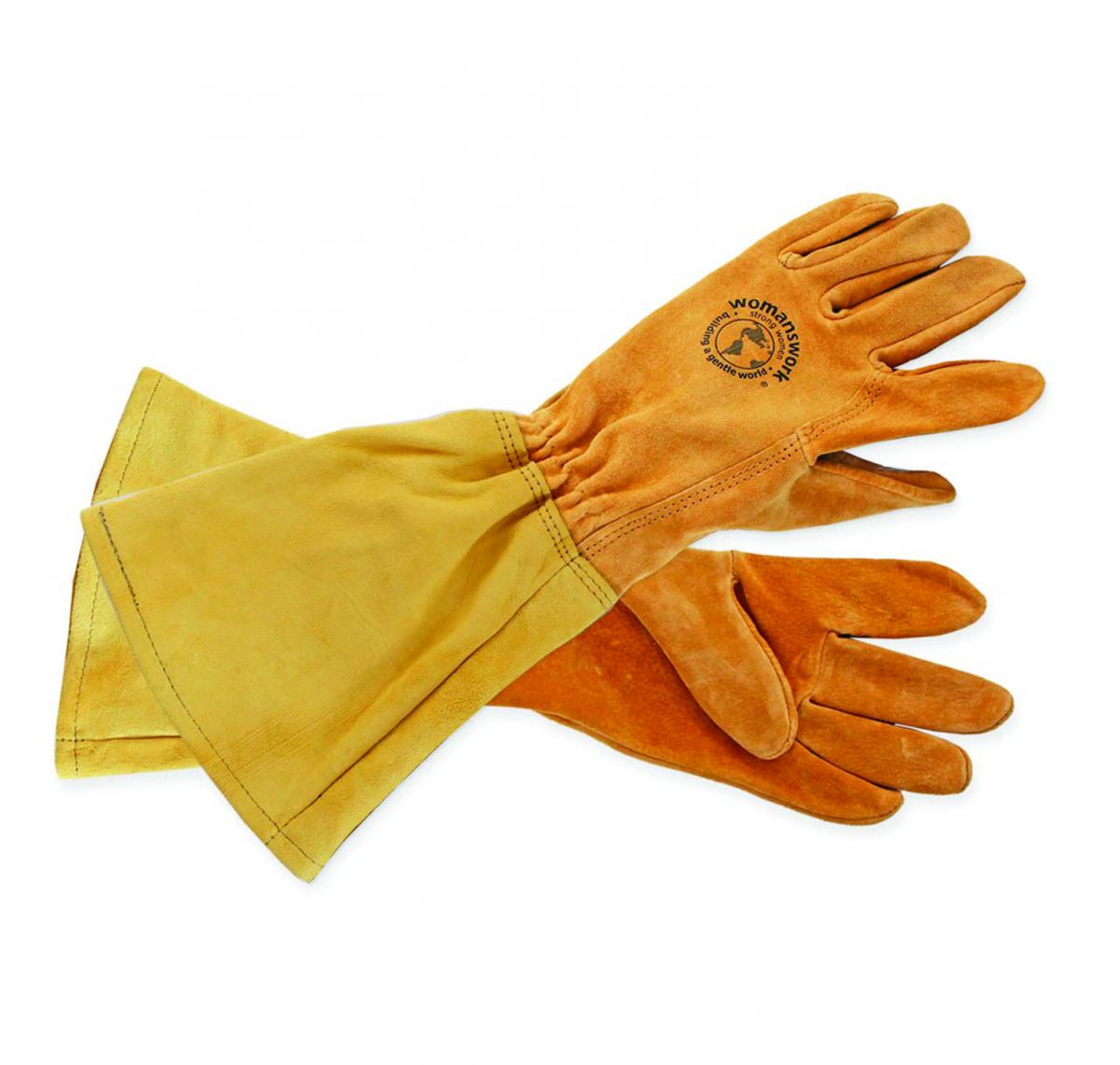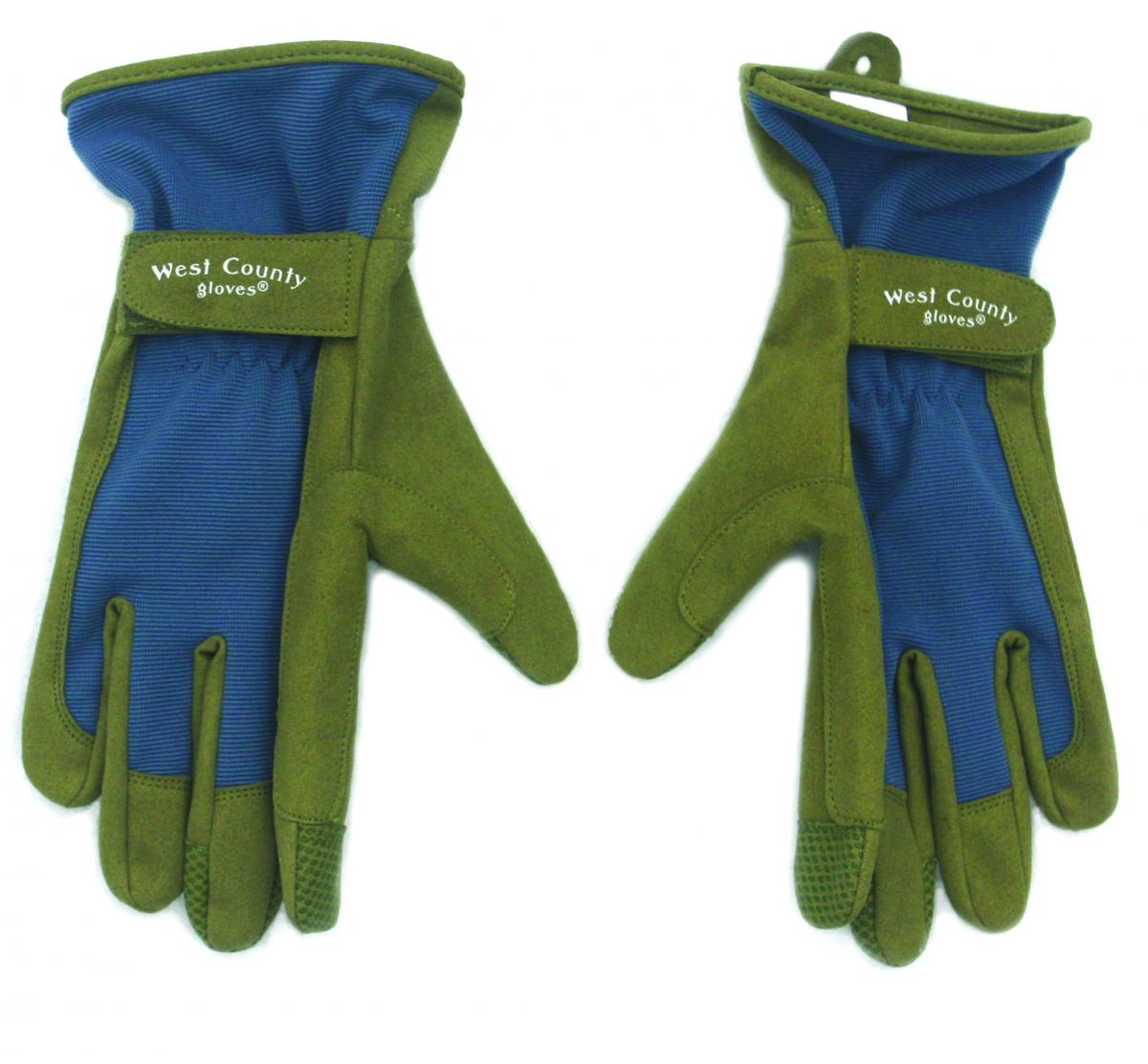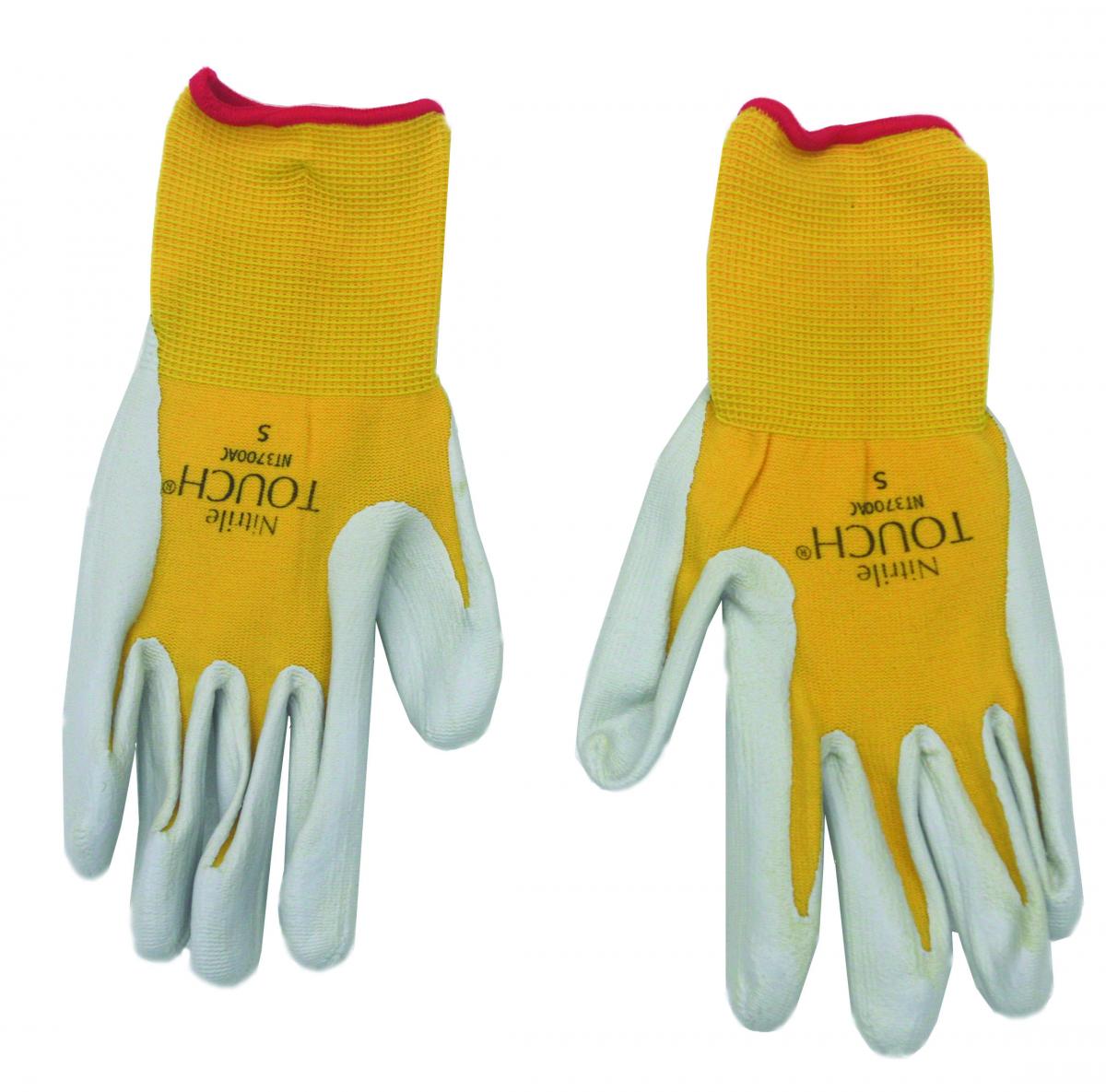 Gardeners are an idiosyncratic bunch. Whether settling on seed varieties, picking the perfect pair of pruning shears, or digging up the richest compost, matters of mulching and more are often determined by individual preference, habit, and style. But if there’s one thing most gardeners can agree on, home hobbyists and landscapers alike, it’s that a good pair of gloves is a must.
Gardeners are an idiosyncratic bunch. Whether settling on seed varieties, picking the perfect pair of pruning shears, or digging up the richest compost, matters of mulching and more are often determined by individual preference, habit, and style. But if there’s one thing most gardeners can agree on, home hobbyists and landscapers alike, it’s that a good pair of gloves is a must.
Dating as far back as ancient Greece – the first written record of gloves in the garden is thought by some to be a mention in Homer’s The Odyssey – protective gloves have long been a staple of any gardener’s arsenal, and come in handy for many an outdoor task. From pricker-pruning to weed-wrangling, there are few garden chores that aren’t rendered exponentially more pleasant with the addition of a trusty pair of gloves.
 But which gloves for what tasks? Over time, new materials and technology have allowed the garden glove to keep up with the demands of the modern gardener. Whereas once a simple cotton glove may have been a home gardener’s only option, now there are varied and far more practical materials on hand.
But which gloves for what tasks? Over time, new materials and technology have allowed the garden glove to keep up with the demands of the modern gardener. Whereas once a simple cotton glove may have been a home gardener’s only option, now there are varied and far more practical materials on hand.
When selecting the right pair of gloves, it’s important to first consider the chore. Tackling a tough row of hedges? You may want a heavy pair of leather or synthetic leather gloves. For tasks requiring dexterity and precision, such as sowing seeds or transplanting tender roots, thin, nylon gloves are a better bet. At SBS in Vineyard Haven, you’ll find West County styles with rubber-palmed grippers, plus a selection of Atlas gloves in all manner of materials. For $15 you can even score a tie-dye pair from the brand Mud.
“For all-purpose, everyday wear, I like the Atlas Nitrile gloves,” says Island gardener Samantha VanLandingham, noting their comfort, durability, and washablility. “I can feel well enough with them on to hold seeds or pick out tiny weeds.”
 Glove selection can even be plant-specific. Roses, for example, require more than just finger and hand protection. Troublesome thorns are also a threat to wrists and elbows, which is why many gardeners prefer the “gauntlet” style. Hudson Valley–based brand Womanswork, which specializes in the ergonomic needs of the female form, offers a selection of gauntlet gloves in leather and canvas, as well as an “arm saver” style in cotton and spandex with synthetic leather palms.
Glove selection can even be plant-specific. Roses, for example, require more than just finger and hand protection. Troublesome thorns are also a threat to wrists and elbows, which is why many gardeners prefer the “gauntlet” style. Hudson Valley–based brand Womanswork, which specializes in the ergonomic needs of the female form, offers a selection of gauntlet gloves in leather and canvas, as well as an “arm saver” style in cotton and spandex with synthetic leather palms.
In certain conditions, a single pair of gloves may not be enough. “When planting or potting in wet weather in the spring, or planting lots of six-packs, I wear latex gloves under the Atlas Nitrile, to protect my hands,” VanLandingham says. “In winter, I wear a larger size, with glove liners underneath them.”
Of course, there are those who prefer to go gloveless. The smallest of seeds will occasionally rebel against even the finest of fabrics, and, in that case, VanLandingham said, “there’s nothing quite like getting your bare hands in the soil.”




